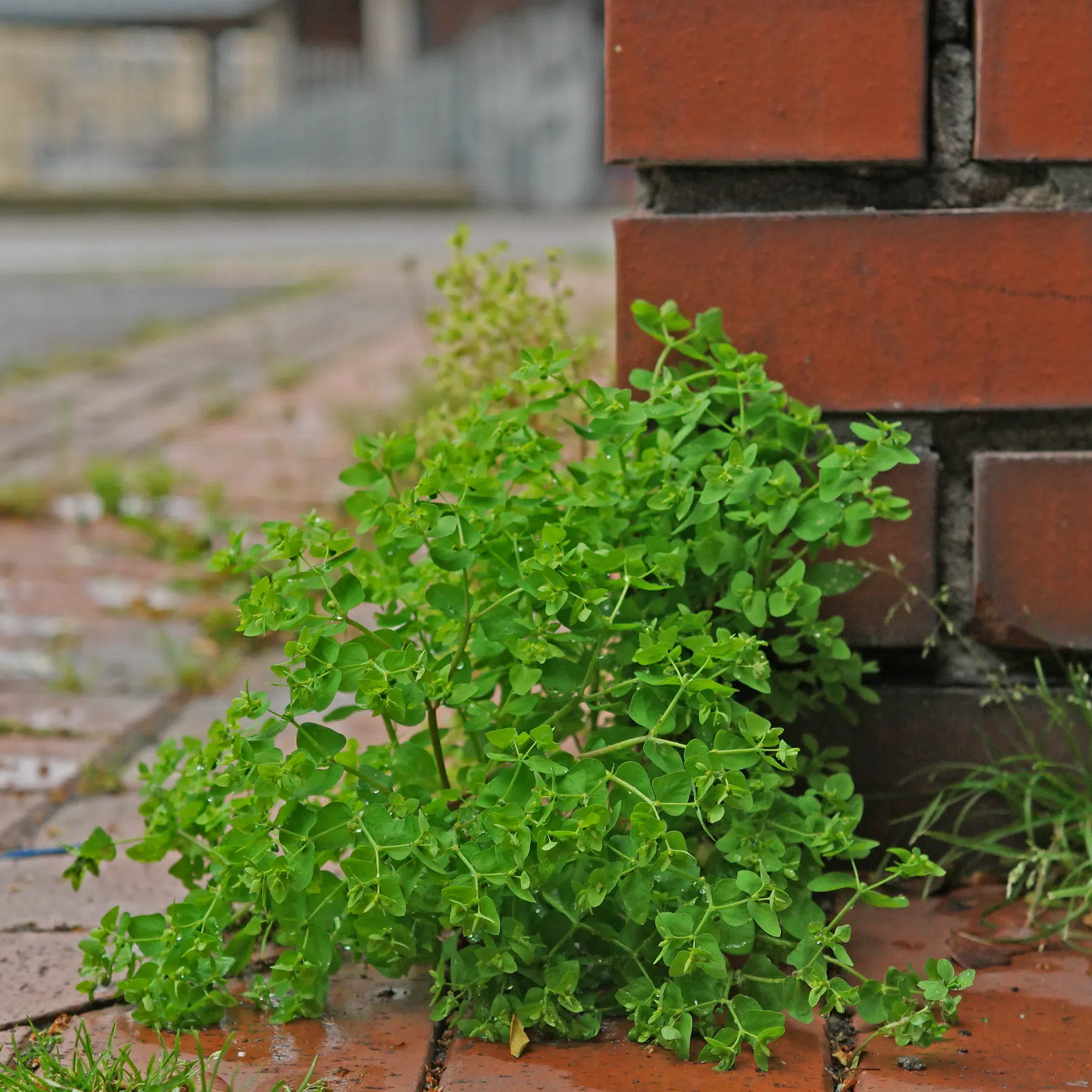Euphorbia peplus is an annual that grows to a height of 30 centimetres and produces inflorescences from May to October. In mild climates it can produce two generations a year, so that fruiting specimens can be seen as late as December.
As with many spurges, all parts of the plant are poisonous. Petty Spurge contains ingenol mebutate, which is used in the USA to treat actinic keratosis but is no longer approved in the European Union.

Petty spurge’s natural range includes Europe, North Africa and Asia, where it is native to India and Pakistan. As an introduced species it is also found in other regions, including Australia, New Zealand and North America (source).

Euphorbia peplus can be found not only in gardens, but also in parks, cemeteries, fields, rubbish tips, roadsides, hedgerows and dams. It thrives in sunny to shady areas.
It grows best in evenly moist, humic to loamy soils. In such places it tends to form extensive stands. It can also grow in sandy soils, but remains much smaller or does not become established.
Petty Spurge is well adapted to survival in urban areas. It can grow between paving stones, along kerbs, in front of walls and on walls.

 Euphorbia canariensis
Euphorbia canariensis Euphorbia polyacantha
Euphorbia polyacantha Euphorbia rowlandii
Euphorbia rowlandii Euphorbia succulenta
Euphorbia succulenta Griffith’s spurge
Griffith’s spurge How to care for Codiaeum variegatum “Sunny Star” (croton)
How to care for Codiaeum variegatum “Sunny Star” (croton) How to grow the Barbados-nut (Jatropha curcas) from seeds
How to grow the Barbados-nut (Jatropha curcas) from seeds Prostrate spurge, prostrate sandmat
Prostrate spurge, prostrate sandmat Spurges (Euphorbiaceae)
Spurges (Euphorbiaceae) Sun Spurge, Madwoman’s Milk
Sun Spurge, Madwoman’s Milk